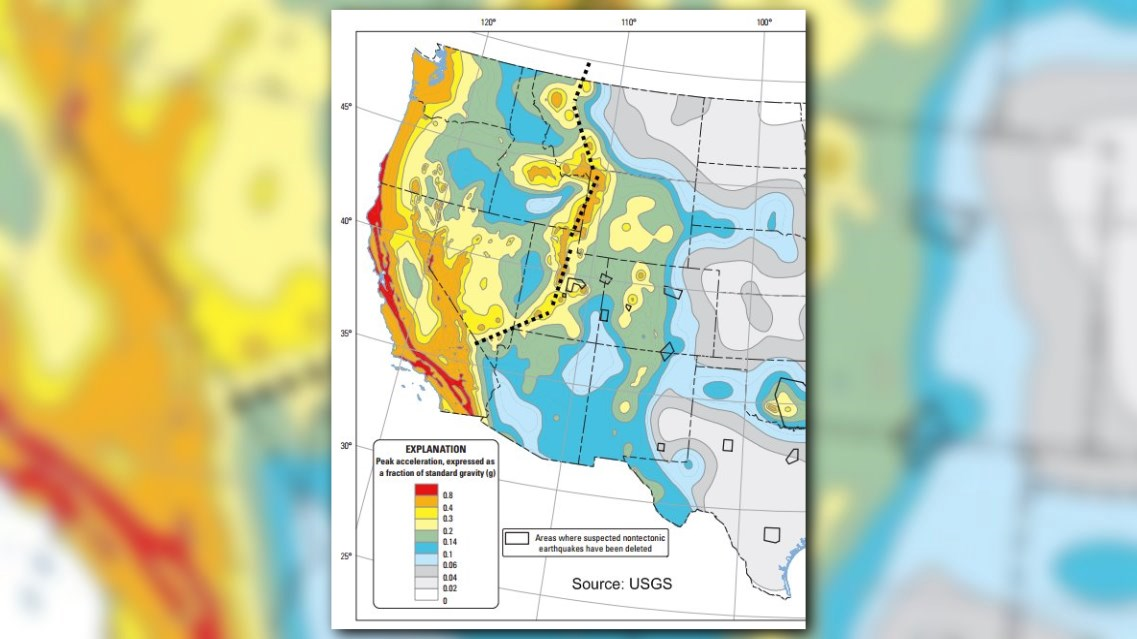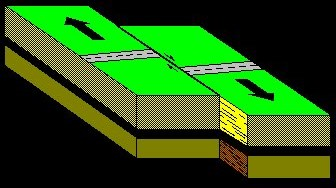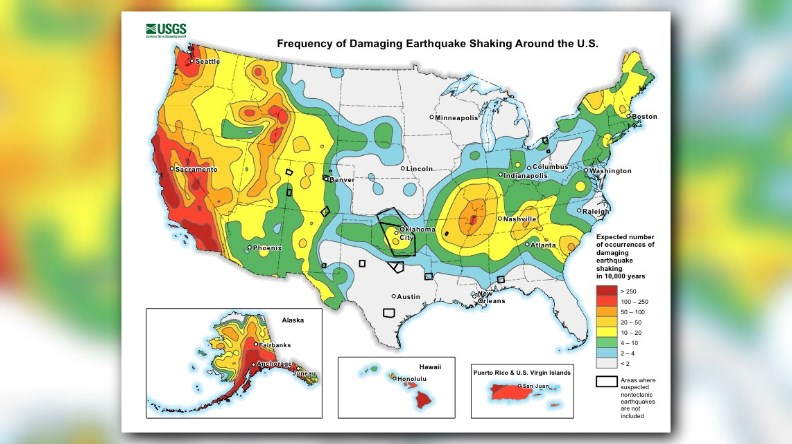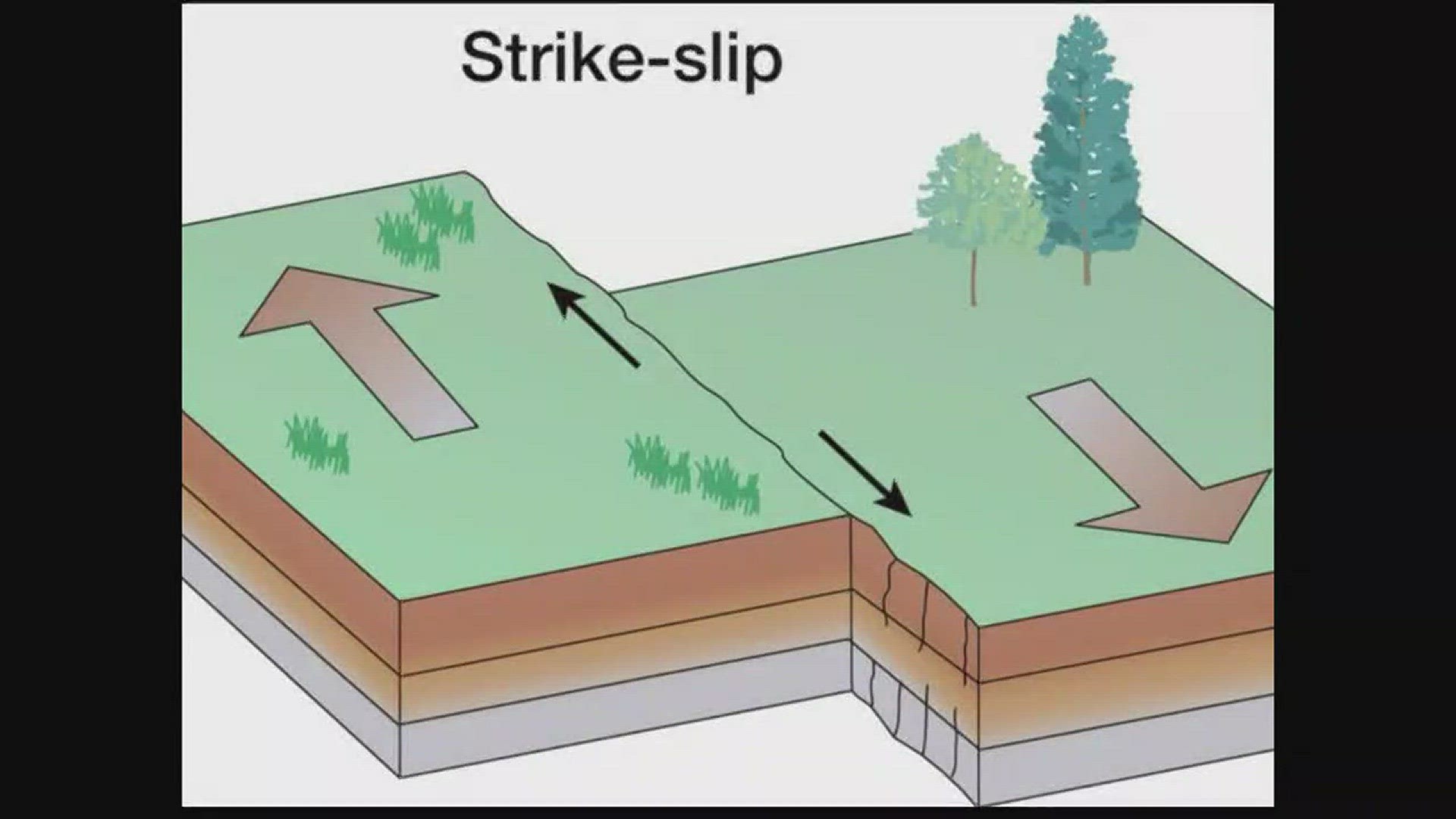SPOKANE, Wash.— United States Geological Survey reported a magnitude 5.8 earthquake near Lincoln, Montana Wednesday night. People reported feeling the tremors in Idaho, Washington and even Canada.
The National Weather Service in Missoula reported nine aftershocks following the initial quake.
USGS reported there have been two other earthquakes in Montana greater than magnitude five in the last two decades.
There was a 5.6 in 2005 and a 5.1 in 1999.
According to the USGS, minor earthquakes are common in this area, but one of this size is not so common.
While people do not often think of Montana and earthquakes together, the Wednesday night earthquake in western Montana was right along the axis of the Intermountain Seismic Belt.

The quake occurred on a strike/slip fault.

The earth is like a big puzzle, with puzzle pieces below the surface that are constantly changing and shifting.
A strike-slip fault is a type of "puzzle piece" movement.
"Rock strata are displaced mainly in a horizontal direction, parallel to the line of the fault." The USGS defined.
The edges of the moving pieces are not smooth. With the built-up energy and friction from jagged moving pieces of earth, we feel what is known as an earthquake, much like the 5.8 magnitude felt Wednesday night in Lincoln, Montana.
It is similar the kind of movement experienced along the San Andreas Fault in California.


